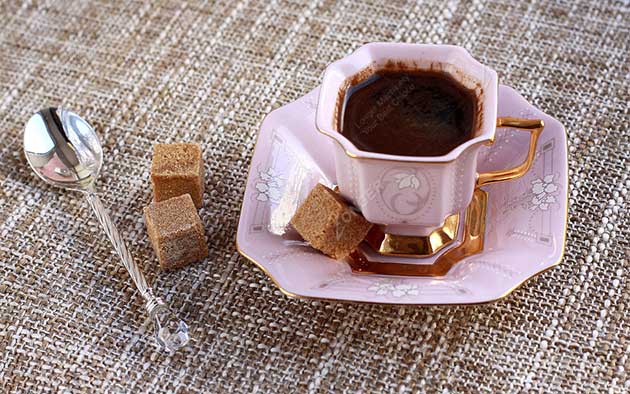Inside the 1700s, Europeans bought their sugar in brown loafs that had to be hacked, pounded and smashed into smaller sized pieces. “People just accepted that in an effort to use sugar, you had to go through all this physical trouble,”says Elizabeth Abbott, the author of “Sugar: A Bittersweet History.” “The massive surprise is the fact that there wasn’t a
sugar cube invented substantially earlier.” By the 1800s, stores sold sugar currently broken up into random-size pieces. But these chunks may be inconvenient at teatime. They typically had to become dunked doughnut-style, since they wouldn’t match inside the cup. When the tea was completed, you were left having a sticky clump to dry out for future use.

Tolstoy described the process in a short story: “Stepanich drank his glass, turned it upside down and set the leftover bit of sugar on it.”
In the 1840s, progress was made when Juliana Rad, who was married to the head of a sugar refinery in Moravia, cut a finger although chopping sugar. She complained to her husband, probably even though waving her bandaged hand: why not make units of sugar that would come perfectly sized for one particular cup of tea? Jakub Krystof Rad’s innovation was to utilize a press to create the cubes, and he soon presented a box of them to his wife. He patented this specialized press in 1843.
The Rads might effectively be the Pierre and Marie Curie of beverage-sweetening, nevertheless it took decades ahead of the sugar cube became widespread in Europe. A German named Eugen Langen reinvented the cube for the factory from the 1870s - the molten sugar was spun in a centrifuge after which sawed into tiny pieces. In the late 1800s, “processed food and refined meals all became in vogue,” Abbott says.
Victorians, Abbott notes, loved how clean and neat - how manufactured - the
sugar cube was. “It’s only nowadays that we’re trying to make almost everything appear homemade, natural,” she adds. “The pendulum is swinging back again.”
Sweet Dreams
Charles Perry, author of “The Haight-Ashbury: A History,” roomed with Owsley Stanley, the LSD “cook” who helped turn the sugar cube into a psychedelic icon.
How did the sugar cube turn into the delivery mechanism for acid in the 1960s?
For any long time Owsley was selling LSD in liquid type. After which sugar cubes came in. That was about 1964. I never talked to Owsley about why he made use of sugar cubes. I think that individuals liked the idea that LSD was sugar for the thoughts. Plus the sugar cubes looked so innocuous. “Yes, officer, I was pondering of having a cup of coffee.”
What do you don't forget regarding the dosed cubes? They were grimy. Persons carried them around in their hands.
So how did the sugar cube come to be a metaphor for the trip? It was the media. Timothy Leary was going around giving lectures with all the title, “Does LSD in
sugar cubes spoil the taste of coffee?” It was piquant for the straights to think of this Victorian point becoming used for any hugely illicit objective.
